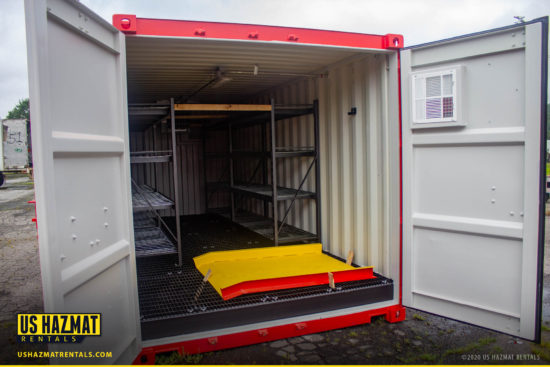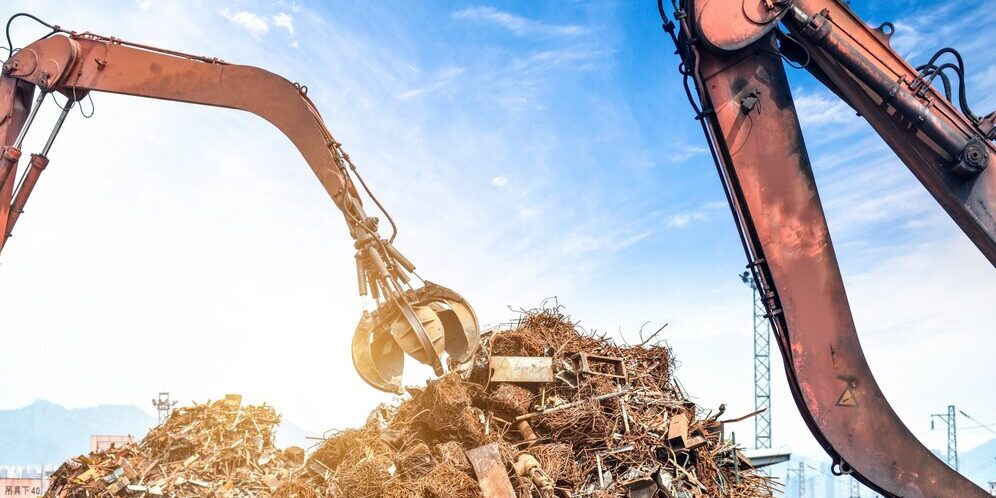Scrapping is a lucrative side hustle. Salvaging unwanted or leftover steel takes a sharp eye and resourceful negotiating. With tariff talk driving volatile markets, manufacturers and companies are looking stateside to shore up dwindling stockpiles with reclaimed metal. Copper and brass, which usually fetch up to $4 per pound, could soon surpass most fuel prices with greater domestic demand for building materials. Although scrap metal comes with low overhead and risk, scrapping is also hazardous if brokers fail to secure compliant scrap metal storage. Heavy, unmoved metal stacks create heat and pressure, increasing the chances of spontaneous fires and toxic inhalation. Contaminant leaching into nearby waterways is likely without onsite and secured storage. Large, bulky, jagged metal sheets can slice and cut handlers without personal protective equipment. Scrap metal also carries a high street value, making reserves vulnerable to opportunistic thieves.
While most scrappers work under the table or off the books, federal regulators closely monitor the well-entrenched ancillary market. OSHA Standard 29 CFR 1926.250(a)(1) requires handlers to store scrap metal in tiers or stacked to prevent sliding and collapsing. Standard 1910.22 says workers must keep all scrap metal storage areas clean and free from hazards like falls, spills, and abrasions. Scrap metal also poses asbestos and lead exposure to unprotected workers and clients, necessitating compliant onsite scrap metal storage. Our fire-rated flammable storage cabinets safeguard hazardous yet valuable copper, steel, brass, and aluminum while engendering onsite organization so employees don’t burn daylight sifting through protruding and haphazardly stacked metal piles. Improper metal storage leads to civil penalties, injuries, and lower productivity.

What Metals Are Considered Hazardous Waste?
Arsenic, barium, cadmium, chromium, lead, and silver are hazardous metals and toxins. Yard managers must separate incoming metal payloads from incompatible materials, allowing for streamlined salvaging and repurposing. We engineer each customized flammable hazmat warehouse locker with optional roll-up or wide swinging doors for easy metal removal or storage with a forklift or hand truck. Optional climate control and mechanical ventilation ensure cool, ambient storage, moisture-free, behind secured and locked protection.
Does OSHA Regulate Waste Disposal?
Scrap metal’s hazard classification is ambiguous and open to interpretation. While scrap metal is a discarded industrial byproduct for the party surrendering custody, reclaimed alloys don’t meet the hazardous classification for recycling purposes. Although scrap metal is exempt from the Resource Conservation and Recovery Act, handlers must store stockpiles like other flammable materials. Scrap yards must store all-sized stockpiles in a centralized, organized storage location free of oxidizing and sparking combustibles. Metal stockpiles are rarely free of other debris, like flammable discarded batteries, toxic asbestos and lead, and other heavy metals. US Hazmat’s scrap metal storage lockers give yard managers a staging area for yard managers removing toxic materials, thus preventing sudden fires before wholesale distribution. Untamed recycled metal also contains an inordinate amount of flammable dust. Securing continuous or temporary onsite storage mitigates hazards while protecting pricey alloys.







